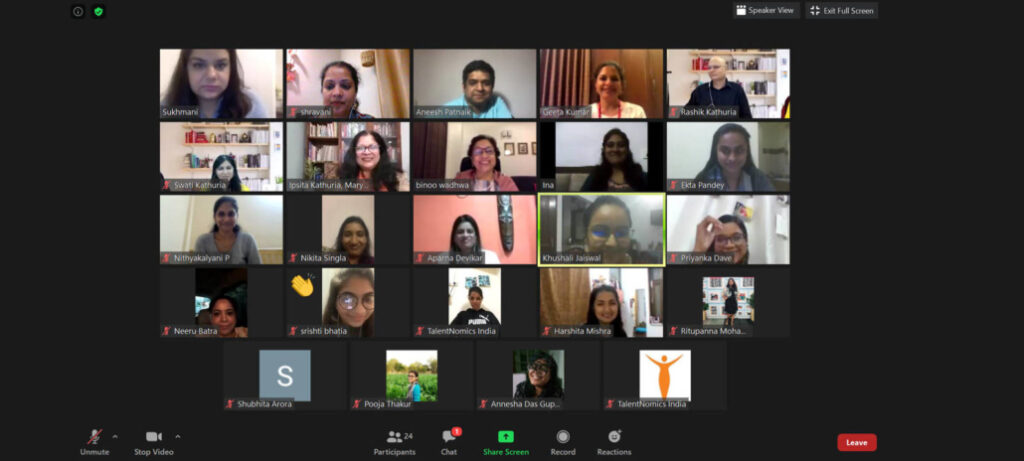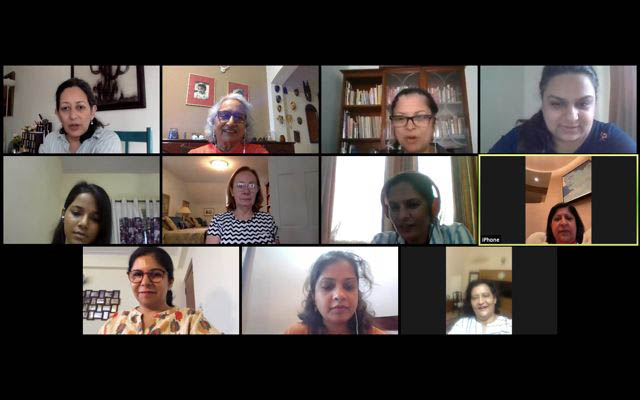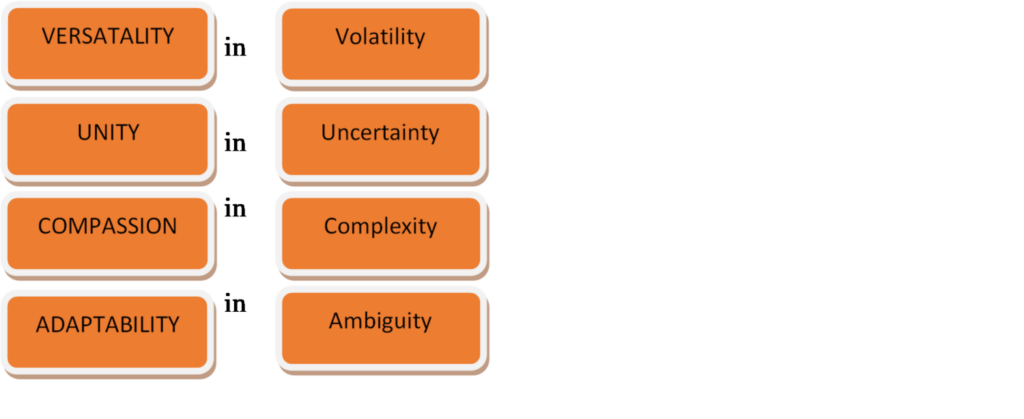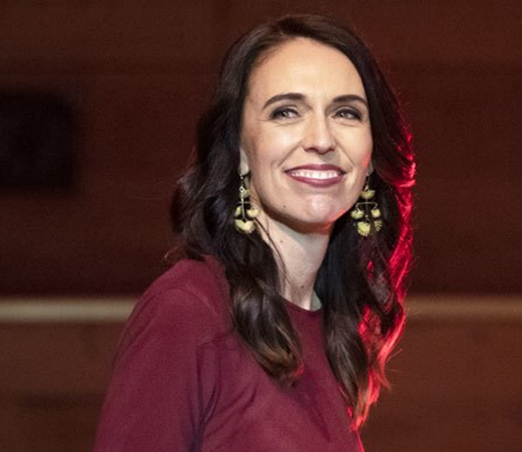A Black Woman is on the cusp of shattering another glass ceiling and making history – again
By Hemal K. Vaidya, TalentNomics Board Member

With Justice Stephen G. Breyer’s retirement announcement from the US Supreme Court, the Washington establishment, the legal community, women’s advocacy groups, and even girls’ clubs of every sort are on pins and needles to witness history. While we do not yet know the nominee, we do know this important, unique, and seminal point: the next Associate Justice of the US Supreme Court will be a black woman, the first in America. Alongside the achievements of becoming US Vice President, a Member of Congress, NASA astronaut, corporate CEO (and the list goes on infinitely…), we are on the cusp of adding to this list the pinnacle of American law and jurisprudence.
Over the past several weeks, I have been discussing this moment with my daughter — a teenager, an 8th grader, and while not yet a lawyer, a young woman with her own convictions, her own view of the world, and the confidence to share them (often unfiltered and unsolicited with her Dad…). In this blog, I’d like to share a few thoughts from these conversations — as this moment is important not only for the US but for the world and the mission of Talentnomics.
While I am neither a woman nor black, I am a proud first-generation Indian American. I view this moment from the lenses of a minority, a citizen concerned about the deep divisions in the country and world — and what it means for future generations, and a father to a young woman. With my daughter, I discussed whether we can share in the joy of this moment nonetheless and share meaningful observations to capture the excitement of this time. In short order, we concluded that the answer is “Yes,” and there are three main themes that we see in the pending nomination: (1) Critical, sorely-needed representation in the adjudication of the country’s most important constitutional issues; (2) A concrete example of promise and hope to girls of all colors and races; (3) An aspiration that public discourse returns to a semblance of civility, respect, and sympathy.
These three themes relate directly to Talentnomics’ mission — for we need women’s leadership and stories of perseverance to remain at the forefront of our public discourse. And while Talentnomics is not expressly geared toward advancing the next generation of female lawyers per se, its primary mission is to harness the power of “influential change agents.” The pending Supreme Court nomination reminds me that “influential change agents” must come from all sectors and disciplines of our society — including the corporate world, nonprofits & NGOs, education, the arts, and shorlty — the law and highest court in the United States. As we soon witness the nomination announcement, confirmation hearings, and battles in the media and society (and, yes, let’s be cleareyed — there will be battles), let’s keep as our “north star” what this moment represents: the first time in the nation’s history that a black woman will have an indispensable role in deciding and writing the jurisprudence underlying American’s constitutional design. Let’s do right by her, and perhaps more importantly, by the millions of people — especially American black women — whose sacrifice and toil have made this milestone possible.
President Biden has promised to announce his nominee toward the end of February, and Senate Democrats have committed to an efficient, timely confirmation process shortly thereafter. By all expectations, the new nominee will be confirmed and sworn in well before the beginning of the Supreme Court’s next term in October. What that means for all of us is that the next several months will be intense. Out of respect for the nominee, and for all that she represents, let’s do all we can to make this experience one we can be proud of — and ensure that she while she is the first, she is not the last.
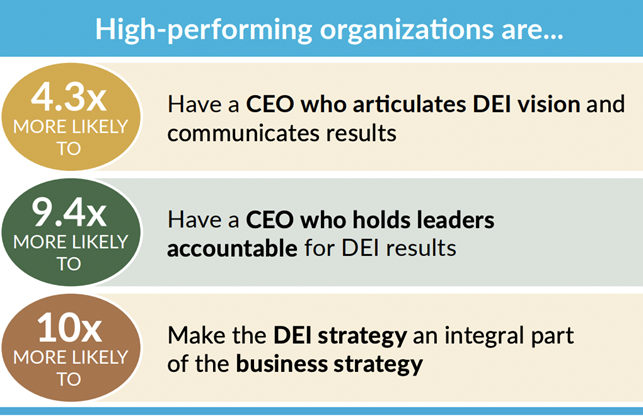
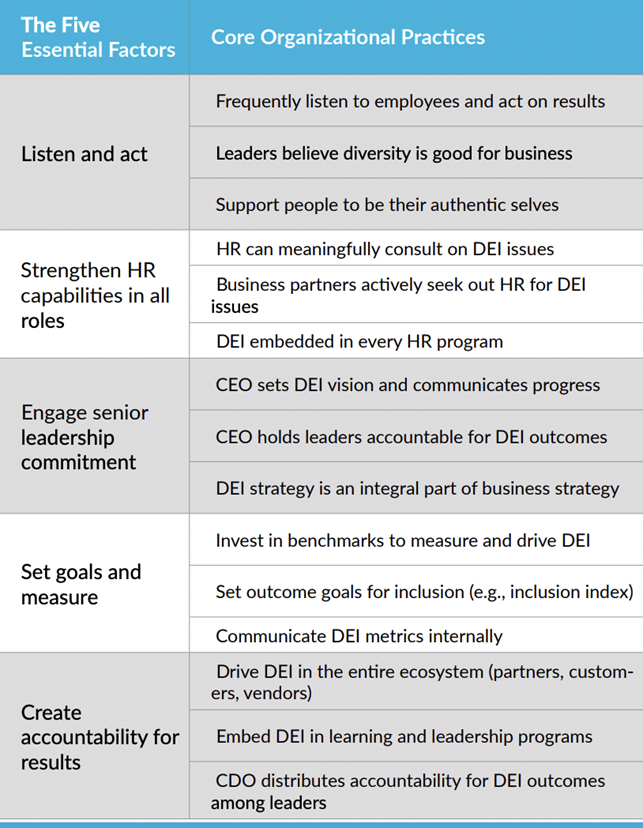
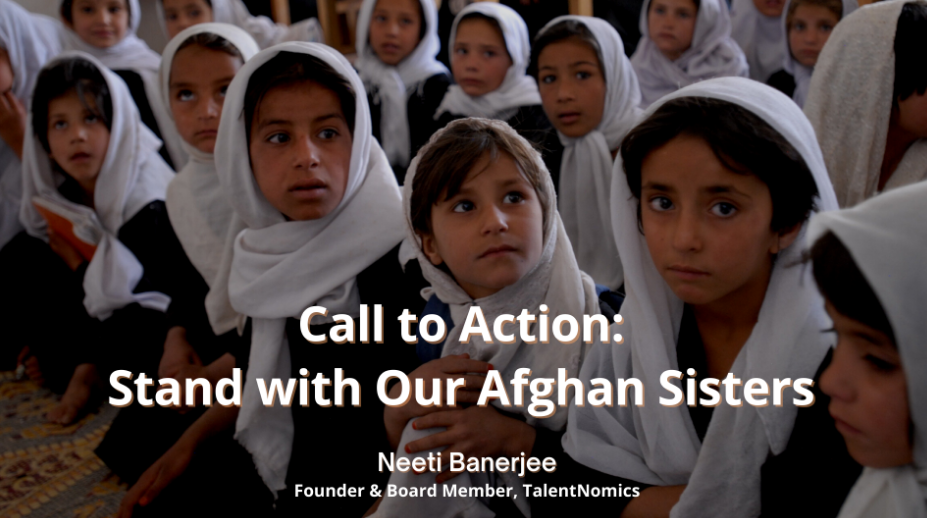
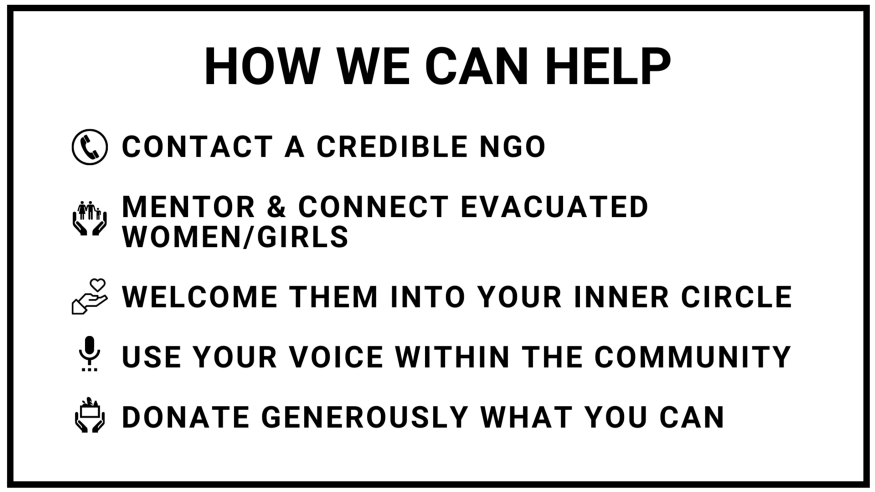


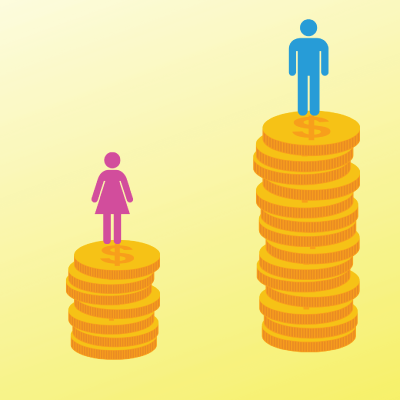 Several explanations may account for the lack of women in leadership positions. One possibility is that the pool of potential candidates is male dominated. An alternative explanation is that women are less likely to seek leadership positions because of family considerations or different job preferences. The imbalance may also be reinforced by self-fulfilling expectations, whereby the low representation of women at the top of the field discourages others to pursue careers in these fields. Finally, there may be gender-based discrimination in promotion decisions and the selection among potential candidates.
Several explanations may account for the lack of women in leadership positions. One possibility is that the pool of potential candidates is male dominated. An alternative explanation is that women are less likely to seek leadership positions because of family considerations or different job preferences. The imbalance may also be reinforced by self-fulfilling expectations, whereby the low representation of women at the top of the field discourages others to pursue careers in these fields. Finally, there may be gender-based discrimination in promotion decisions and the selection among potential candidates. 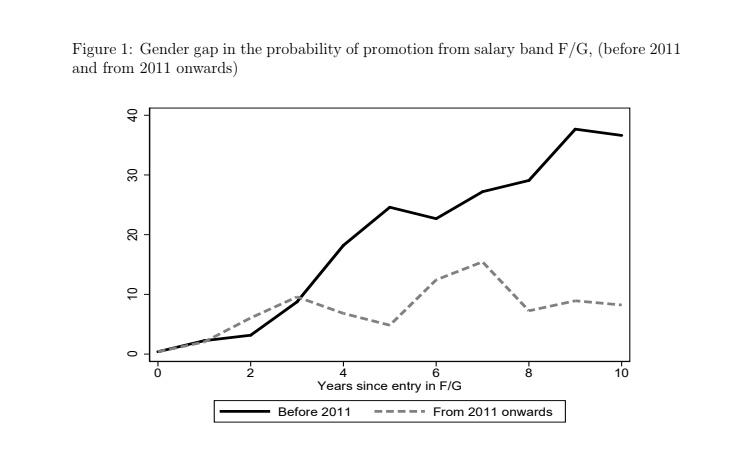

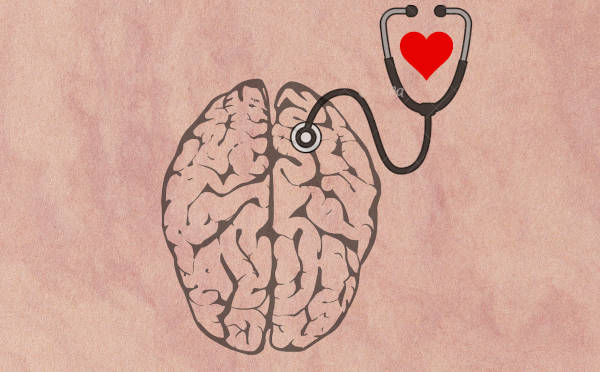
 A study conducted of 190 million ER visits for “mental health conditions, suicide attempts, all drug and opioid overdoses, intimate partner violence, and child abuse and neglect,” showed that visit rates were much higher in mid-March through October 2020, during the COVID pandemic, compared with the same period in 2019.(
A study conducted of 190 million ER visits for “mental health conditions, suicide attempts, all drug and opioid overdoses, intimate partner violence, and child abuse and neglect,” showed that visit rates were much higher in mid-March through October 2020, during the COVID pandemic, compared with the same period in 2019.(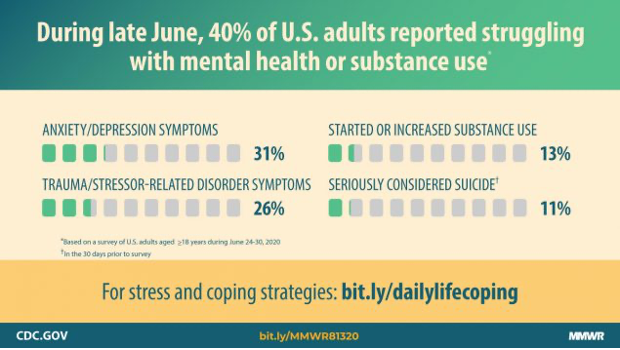 There were 416 more ER visits related to suicide attempts in the first 41 weeks of 2020 compared to the same period in 2019 (
There were 416 more ER visits related to suicide attempts in the first 41 weeks of 2020 compared to the same period in 2019 ( 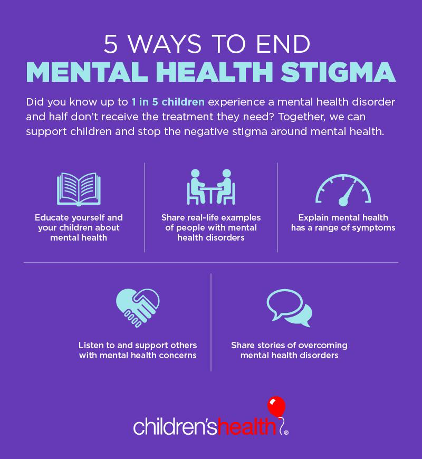 In the future, there are many ways that we as a community can prioritize mental health issues. For us students, this can best be done at school, as teachers and administrators are often the first to notice any sort of issue. Of course, each person has their own set of symptoms when it comes to their conditions, but there are a few general things adults in schools should look for. For example, if a teacher notices a student is sad or withdrawn for more than two weeks, they should check in with the student, and open up communication. Any out-of-the-ordinary or out-of-control behavior should also be a warning sign, including fighting, changing eating patterns, and abnormal mood swings. Recognizing such warning signs is important, and having a plan in place to address mental health conditions is crucial. It would also be useful for schools to provide access to mental health professionals who can help students and teachers with mental health concerns. It also would be useful to allocate or allow days off from school to provide mental health breaks.
In the future, there are many ways that we as a community can prioritize mental health issues. For us students, this can best be done at school, as teachers and administrators are often the first to notice any sort of issue. Of course, each person has their own set of symptoms when it comes to their conditions, but there are a few general things adults in schools should look for. For example, if a teacher notices a student is sad or withdrawn for more than two weeks, they should check in with the student, and open up communication. Any out-of-the-ordinary or out-of-control behavior should also be a warning sign, including fighting, changing eating patterns, and abnormal mood swings. Recognizing such warning signs is important, and having a plan in place to address mental health conditions is crucial. It would also be useful for schools to provide access to mental health professionals who can help students and teachers with mental health concerns. It also would be useful to allocate or allow days off from school to provide mental health breaks.